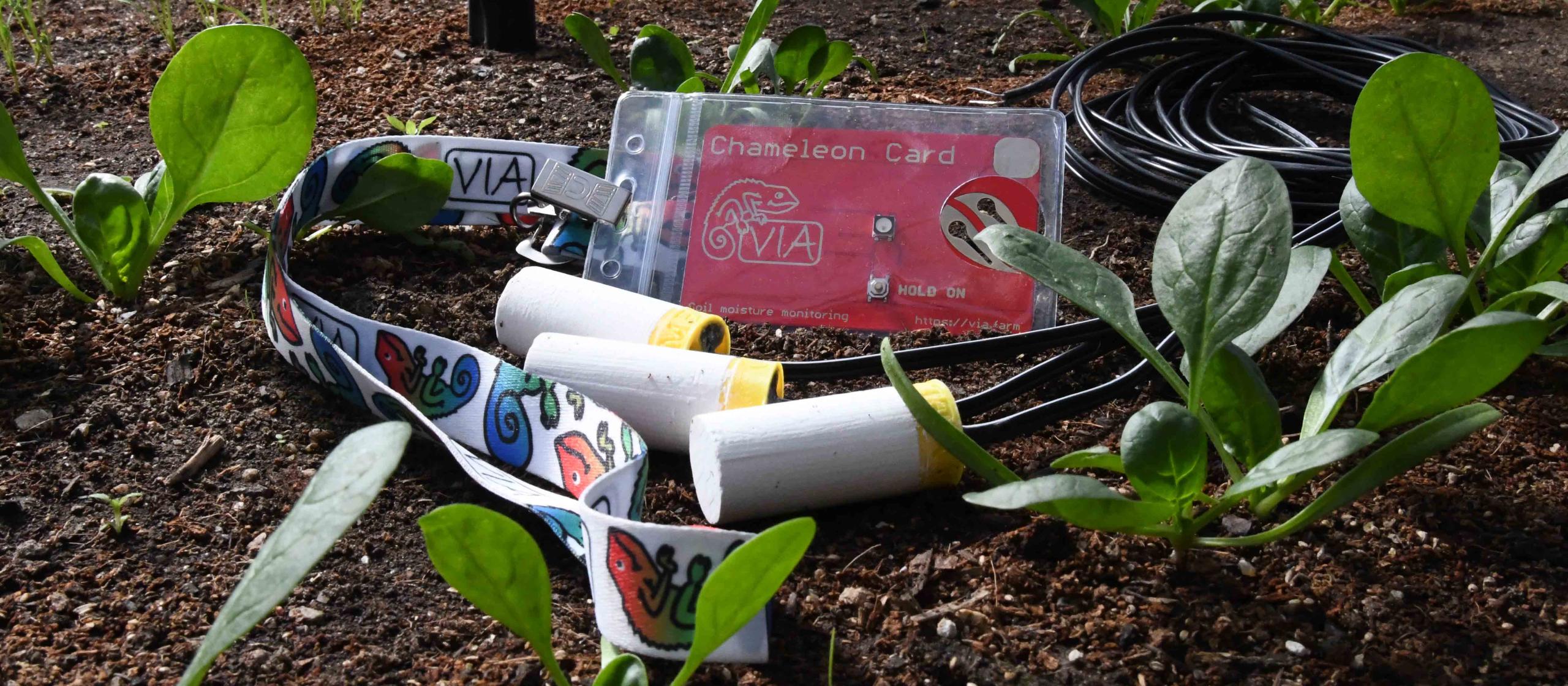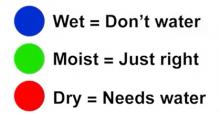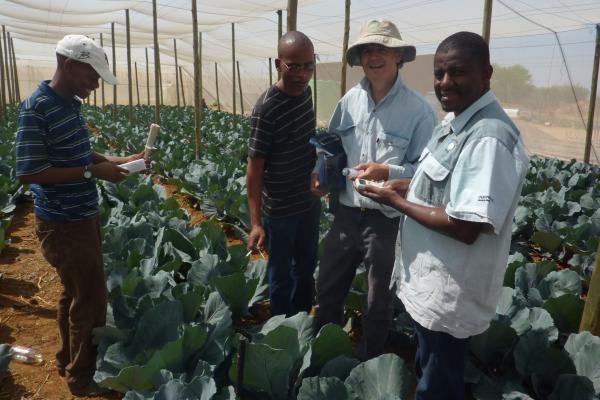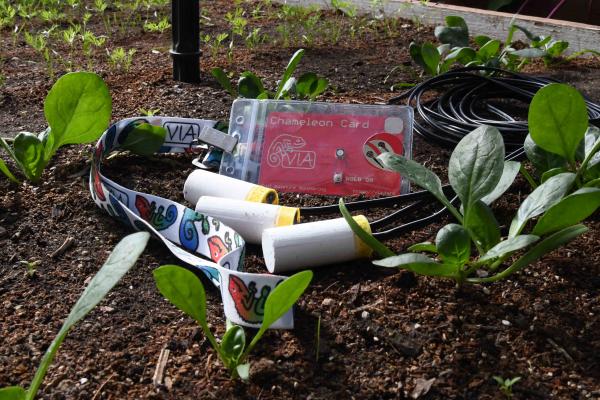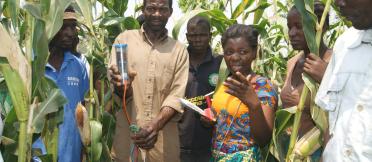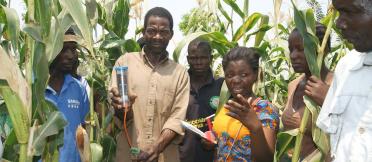- HomeHome
-
About ACIAR
- Our work
- Our people
-
Corporate information
- ACIAR Audit Committee
- Commission for International Agricultural Research
- Policy Advisory Council
- Agency reviews
- Executive remuneration disclosure
- Freedom of information (FOI)
- Gifts and benefits register
- Information publication scheme
- List of new agency files
- Contracts
- Legal services expenditure
- Privacy impact assessment register
- Commonwealth Child Safe Framework
- Benefits to Australia
- Careers
- 40 years of ACIAR
-
What we do
- Programs
- Cross-cutting areas
- Resources
- Where we work
-
Funding
- Research projects
- Fellowships
-
Scholarships
- John Allwright FellowshipScholarships to study in Australia for ACIAR partner country scientists to have Australian postgraduate qualifications
- ACIAR Pacific Agriculture Scholarships and Support and Climate Resilience Program
- Alumni Research Support Facility
- Publications
- News and Outreach
Date released
17 August 2020
With COVID-19 seeing Australian’s rush to their backyard to plant vegetables, many don’t realise an Australian government organisation has been helping backyard farmers across the Indo-Pacific for nearly 40 years.
The Australian Centre for International Agricultural Research (ACIAR) has been funding research since 1982, commissioning Australia’s leading agricultural scientists and researchers to work with rural communities in developing countries to grow more food and reduce poverty.
This research has had a profound impact on food security throughout the region, with countless innovations blossoming from the longstanding research partnerships.
One of these innovations—the Chameleon Soil Water Sensor—is just as effective at growing food and saving water in Australian backyards as it is helping farmers in the fields of Africa.
Do my plants need watering?
It’s a question we ask ourselves before turning on the tap and filling up the watering can. But rarely do we have the information to decide whether our plants need watering and for how long.
For smallholder farmers living in the water-stressed continent of Africa, making the right decision about whether to water their crops can be life-changing.
While not enough water stresses the plant and reduces the potential yield, too much water can wash away valuable nutrients in the soil, further reducing a plant's ability to grow food.
For rural African communities—many living on the edge of poverty—maximising the efficiency of how they irrigate with the Chameleon Soil Water Sensor has been profound.
The language of colour
Developed by Dr Richard Stirzaker from the CSIRO, the Chameleon Soil Water Sensor uses colour to cut through language and literacy barriers and create an easy-to-use system that anyone can understand.
This language of colour and the associated research project is helping smallholder farmers in Southern Africa understand and innovate how they irrigate their crops and inform wider policy in water management.
While the Chameleon Soil Water Sensor is helping farmers in Africa, it can easily be installed in Australian backyards to help urban farmers and gardeners understand how their soil retains moisture and whether plants need watering.
Installing a sensor in the backyard will not only help you save water and produce more food, but you'll also be supporting scientific research efforts to improve food security and reduce poverty in Africa.
Get involved - Purchase your own Chameleon Soil Water Sensor
The Chameleon Soil Water Sensor is available for purchase from the Virtual Irrigation Academy with the starter kit including three soil sensors and a Chameleon Card, lighting up to display whether the soil is wet, dry or moist.
ACIAR has been funding the CSIRO and Dr Richard Stirzaker since 2012 to work with partner organisations in Africa to improve irrigation efficiency and crop production. The project, Virtual Irrigation Academy phase 2: From water monitoring to learning to governance, is funded through the ACIAR Water and Climate Research Program and is due to finish in June 2023.
